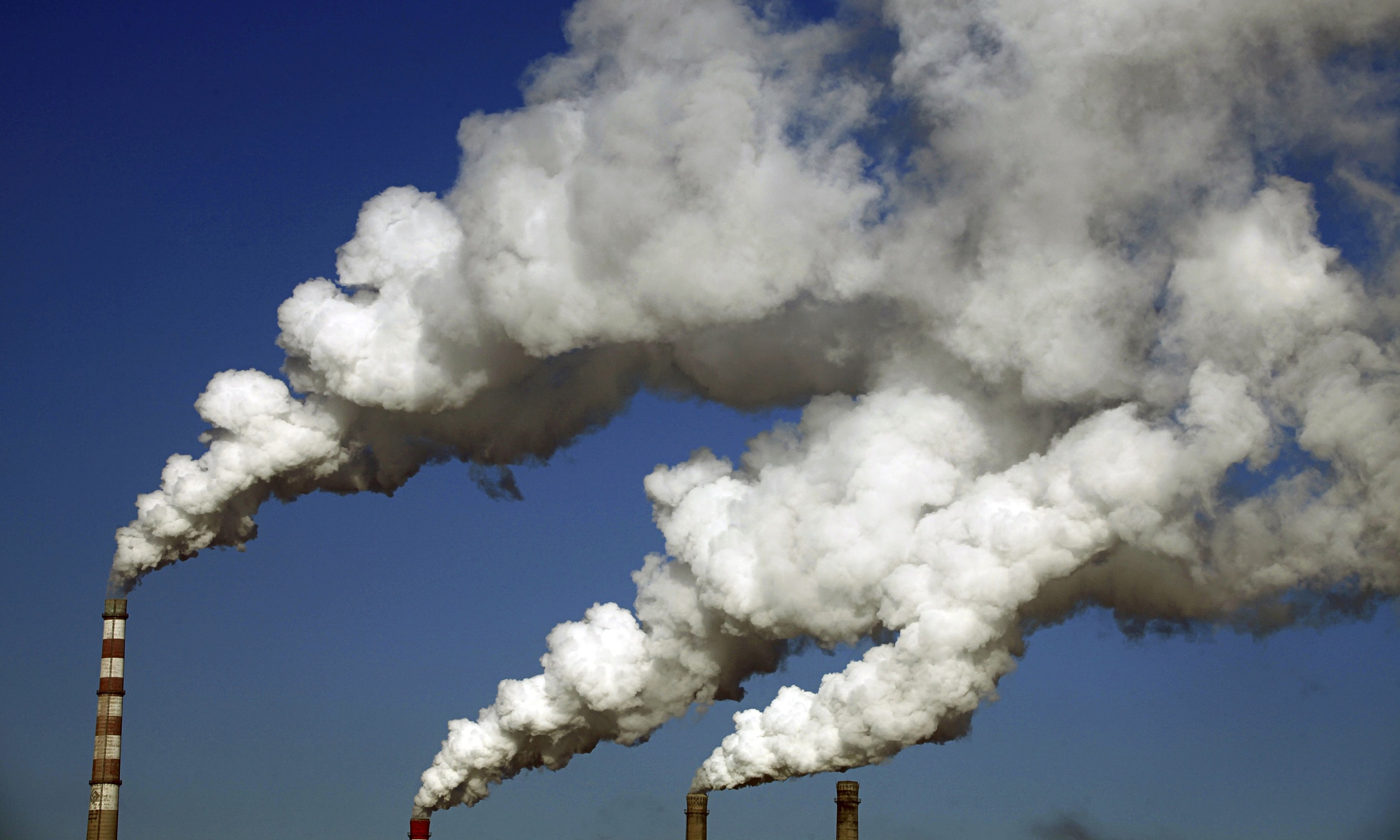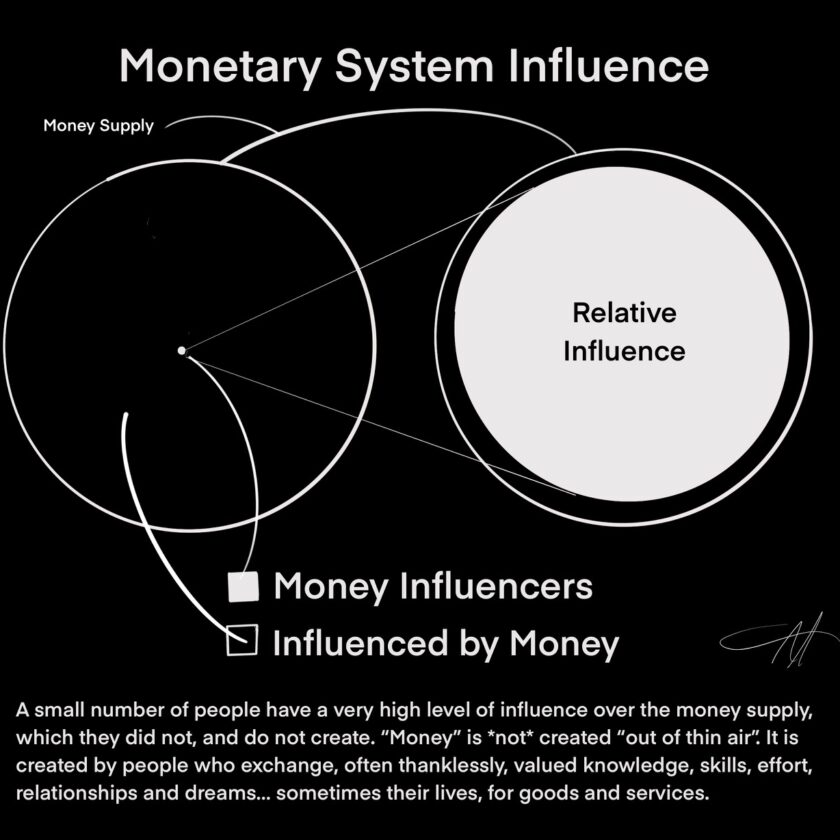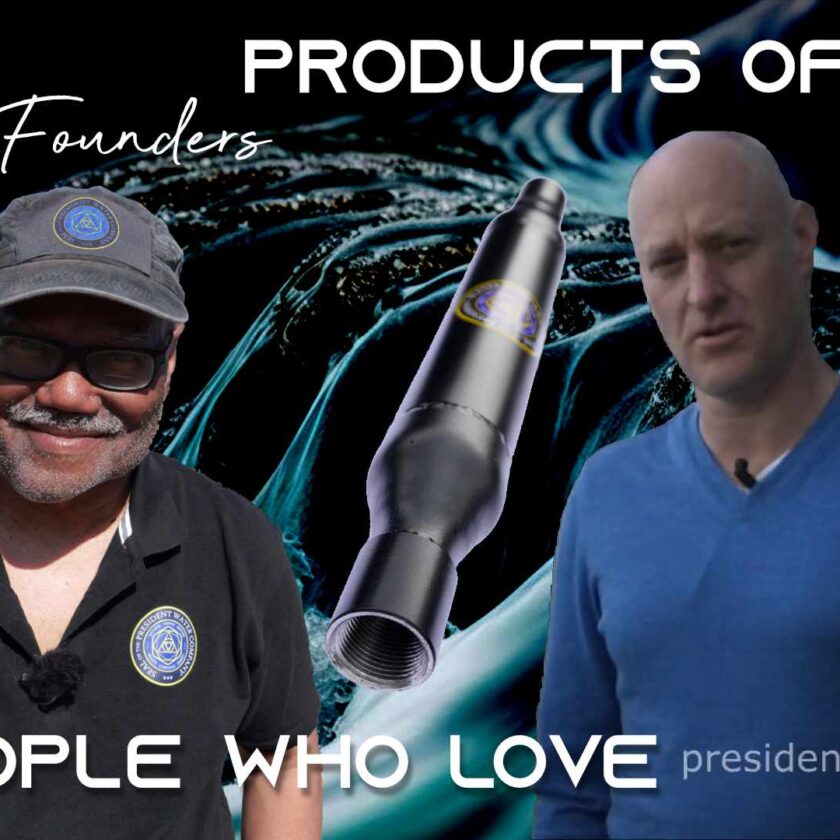
You may or may not recognize the name Paul Pantone, but it’s worth noting here that he recently released his mortal coil. I am pleased to have met, interviewed, and spent time to know Paul, to listen, and to learn from him.
Paul is the originator of Global Environmental Energy Technology, that was mercifully acronymized to “GEET”. GEET devices used directional, temperature, and pressure-gradient dynamics that naturally occur in every internal combustion engine, to create a new and far more efficiently combustible fuel source, which he referred to as plasma.
Plasma is often referred to as “the fourth state of matter, but it may actually be the first state, for it is highly charged (electrically) and remarkably adaptable. Plasma also has the remarkable ability to disintegrate or vaporize existing particles. This accounts for its high combustibility.

A lightning bolt is plasma.

I will miss the wonderful benefits that the greater adoption of GEET would have brought to our world: clearer skies, healthier waters, and the safe remediation of radioactive materials that are eating through their containment and leaching into the environment, being just a few.
When attached to an engine or generator, GEET “reactors” caused plasma clouds to form and be drawn into the motor’s intake.
Virtually any liquid or combination of liquids could be used to create the plasma. Paul made a name for himself by using everything from pickle juice to coffee as the “source material” from which to create plasma fuel. The implications and applications of GEET were, and are extensive. To say that the implementation of GEET has been paltry, would be the height of understatement.
As fuel mileage ratings inch their way up toward published CAFE Standards of 54.5 mpg by 2025, the world is oblivious of the fact that many multiples of that standard are available right now, with our existing engine technology, and have been that way for roughly 100 years.
While we, the public think that our familiar technology employs the very latest and best methods to give us the greatest use of, and value for our investments, the sad truth is that measures have long been in place to limit the efficiency with which engines burn fuel.
The more complex and “bigger” the fuel molecule, the harder it is to burn. Exhaust Gas Recirculation (EGR) systems and catalytic converters are present to reroute engine exhaust back through, and barring combustion the second time, simply burning off, through “oxidation reduction” of remaining particles. With greater molecular efficiency, fuel burns more completely.

The smoke that we often see coming from tailpipes and smoke stacks come from inefficient and incomplete combustion of the fuel.

With government representatives getting a portion of every dollar spent on fuel, the incentive to encourage high fuel-efficiency designs, which would yield higher power, higher miles per gallon, and lower emissions, has been non-existent.

That’s the unspoken reason that this non-hybrid Volkswagen, which later evolved (unnecessarily) into a hybrid (below), was still rejected by the EPA. Someone doesn’t want you thinking that you can reasonably expect anything near such performance from your new cars, and certainly not the ones that you’ve owned for a while, taken care of, and have no monthly payments on.

This is what made Paul Pantone a latter-day heretic, whose ideas were so perfect as a solution to a major instrument of financial control over the society, that it was a threat to the economic order, as was Stanley Meyers’ water-powered car.

Meyer’s life was cut short by his insistence on moving forward with his revolutionary approach that, at the time, few understood.
Pantone had his own tribulations; at one time remanded to a mental institution in Utah for several years, as certain individuals attempted (unsuccessfully) to separate him and his GEET patents.
They did manage to instill a healthy respect for acceptable limits of “advancement” that are claimable by maverick inventors at any given time. He was also limited to selling plans of GEET reactors, but not developing or manufacturing the actual products.
The problem with all this is that, unless an individual commits to discover the truth for himself, we are left with the false impression that high performance, high mileage, and low emissions vehicles — cars, trucks, buses, generators, and more — are impossible.
An innovator, patriot, whose service to humanity was oftentimes reviled, Paul Pantone’s treatment by politicians and bureaucrats was reprehensible, but only a few noticed. Now that he has exited the scene, stage left, perhaps more will discover and embrace the potential that was, and still is, GEET.
Paul Pantone Remembered (Video)
https://www.youtube.com/watch?v=CCQ8PX8lMAU




